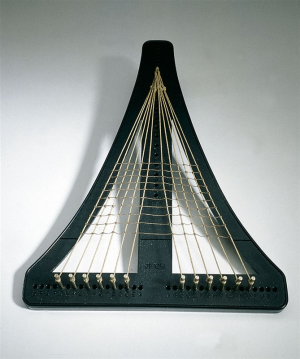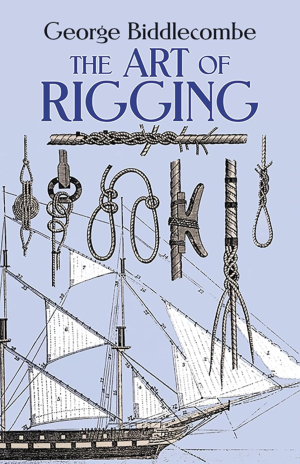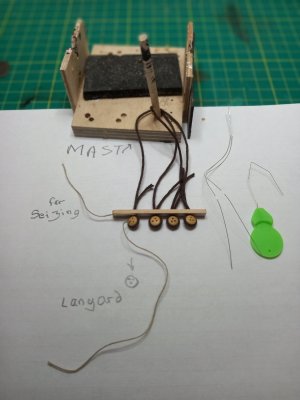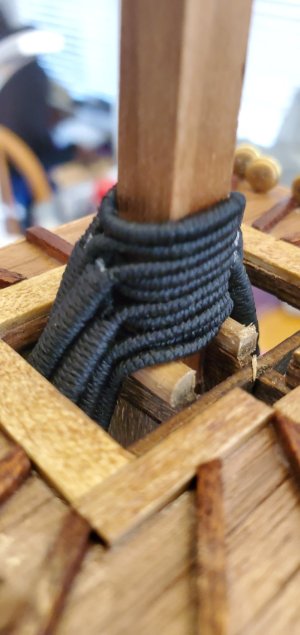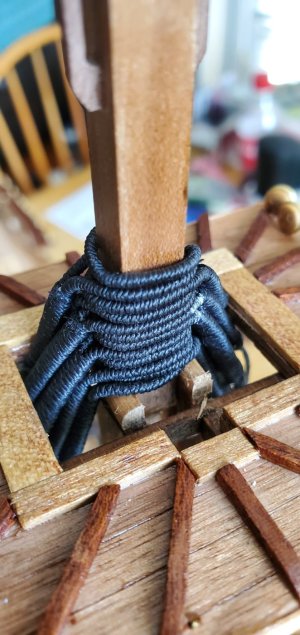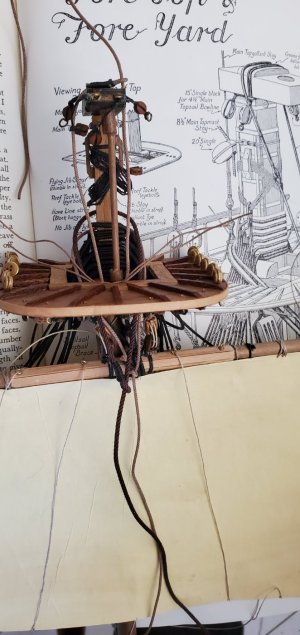AS I get ready to do the Albatros I am thinking about the rigging. With plastic sailing ships I always tried to do my own Ratllines. Very fiddly but I did it. I was wondering of your thoughts on this tool for Ratlines and Dead runs.
Update: Video Link of how to use this.
Houdini Models :: ratline rigging tools and deadeye jigs for quick and easy rigging of small to large scale model sailing ships
Easy to use and scale accurate ratline Rat Harp, Dead Run and Dead Bug rigging tools save you a lot of time and stress rigging your small ship models. Now with the Dead Run and Dead Bug tools you can also quickly rig your deadeye channels.
houdinimodels.com.au
Update: Video Link of how to use this.
Last edited:






